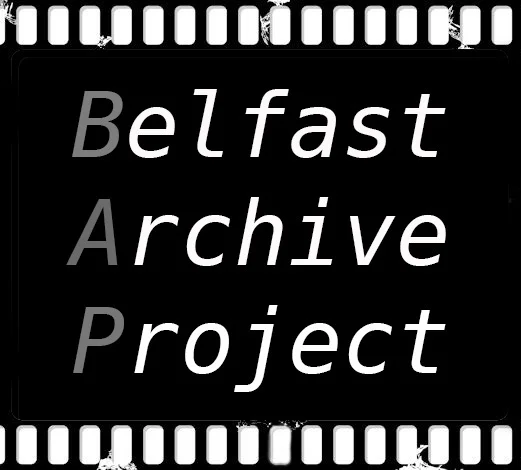Frankie Quinn
Peacelines I
A review of Interface Images by Ronan Bennett
In August and September 1969, Loyalist attacks on the Nationalist areas of Belfast sparked deadly communal rioting. Fearful of fresh onslaughts Catholics formed local defence committees and hastily threw up barricades. Although primarily defensive, the barricades were an implicit challenge to the authority of the Stormont government and the Royal Ulster Constabulary. On September 9th, The Unionist Prime Minister, Major Chichester – Clarke, insisted the barricades come down, though he conspicuously failed to acknowledge the reason for their construction. When the Catholics failed to comply, their Protestant neighbours retaliated by building their own barricades. Within a few days there were more than two hundred such obstructions in the Lower Falls and Lower Shankill alone. The British Army under pressure from the Stormont Government moved to try to control the communal initiatives by erecting makeshift barriers of barbed wire and sandbags. Lieutenant – General Sir Ian Freeland, the then GOC, said, “We will not have a Berlin Wall or anything like that in this city” and at that time few thought that the army barriers would be in place for long.
More reviews
Peacelines II
Life on the faultlines
Frankie Quinn published Interface Images, his first book of ‘peaceline’ photography studies 12-years ago. It was the year of the first paramilitary ceasefires in Northern Ireland.
Four years later, the Good Friday Agreement attempted to divert conflict into political process, with patchy success and conspicuous intransigence from many.
On the surface, there has been change. Paramilitary organisations have declared ceasefires. Killings have diminished – although by no means ceased. Army watchtowers along the border have been dismantled. Walk into the centre of contemporary Belfast, and you will find a city which has apparently undergone radical progress. Strenuous investment, prestige developments and global brands set the tone for an apparently thriving, even cosmopolitan, modern city. But this is where the new money, the ‘peace dividend’ congregates. Step beyond the bright lights of regeneration, however, and Belfast’s urban geography tells a different and altogether older story.
Peaceline Panorama, 2008
BELFAST may be evolving into a cosmopolitan European city but, as a unique upcoming exhibition shows, the architecture of the Troubles is still shaping the city’s landscape.
Photographer Frankie Quinn began documenting life on the city’s peacelines over a decade ago. Over the last three years Quinn has revisited his expedition taking over 800 images on a tour of Belfast’s most divided areas.
PeaceLines III
PeaceLines IV
Cordon Sanitaire
While Frankie Quinn’s previous three series of pictures were bleak, taken deliberately on dull and cloudy days, they recall a broader political context in which there was more hope. The third set were taken after the 2013 promise in Together Building a United Community by Martin McGuinness and Peter Robinson to bring down the peacewalls by 2023 – a promise that now seems to echo from a different century and different planet. However unrealistic that prediction always seemed, it did at least focus minds of communities and politicians on the existence of the walls and the need for determination to remove them. But the collapse of Stormont and Brexit have certainly made the removal of the walls - and attempts to address the wider legacies of the conflict - even more implausible. The colour and sunshine of these pictures cannot be read as an optimistic commentary. But they are a vibrant and potent signal of the work on the peace process in Northern Ireland that remains to be done.
The ORange
If every day is the Twelfth of July, what is your glorious twelfth like?
The certainty of Rudyard Kipling a century ago?
We know the war prepared
On every peaceful home,
We know the hells declared
For such as serve not Rome –
The terror, threats and dread
In market, hearth and field –
We know, when all is said,
We perish if we yield.
Or is your Twelfth like that recalled by Roy McFadden, five decades later?
At thirty, pigmy family nudging knee,
Wedged in a village dazed by roaring drums
That drowned my destination; trapped by tied
Tiers of faces blinding stone-deaf road:
Inactive, voiceless, I chewed famine crumbs.
Galleries
Peacelines IV
100% of every donation goes directly to programming. We deeply appreciate your support!


































